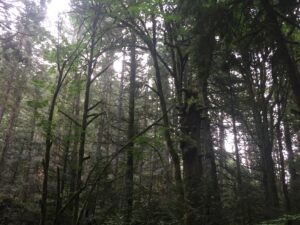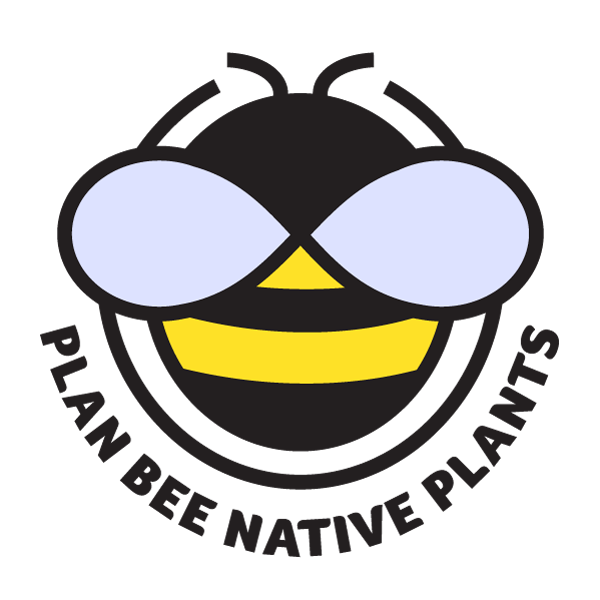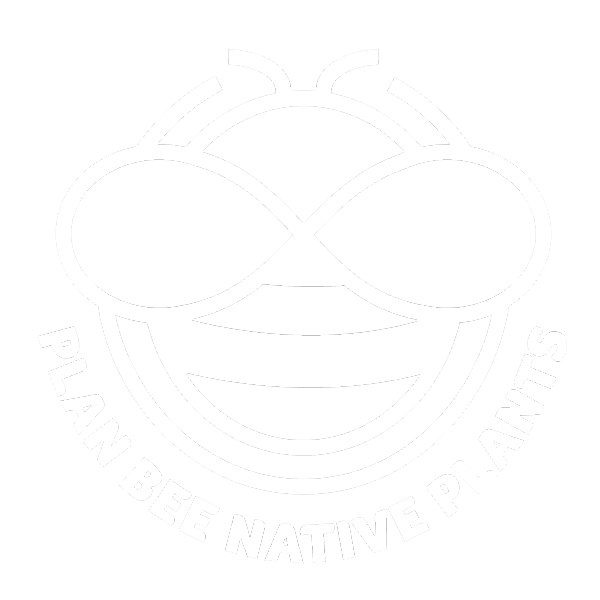 What is a native plant?
What is a native plant?
Native plants (also called indigenous or wild plants) are plants that have evolved over thousands of years in a particular region. This includes plants that have developed, occur naturally, or existed for many years in an area. So these are plants natural to our area and you would most likely only see/recognize when out in a forest or on a hike in nature as these places are what’s left of our original ecosystem. Native plants are plants indigenous to a given area in geologic time. This includes plants that have developed, occur naturally, or existed for many years in an area.
Why are they so important?
when you go to a regional park or anywhere “wild”, the reason why all those animals and life are there and not in our yards/gardens is because the food and habitat they need to survive is in all of these landscapes with the building block of all of this life being the plants that form intimate relationships and support all of different bio-diversity unique to us. These relationships can’t be replicated by non-native plants filling most yards/gardens.
The problem with non-native plants
Every plant is native to somewhere in the world and where those plants are originally from they have their own relationships with different insects and fauna in their own place of origin. However along with habitat destruction we have largely replaced all these plants that our ecosystem relies on with an entire other ecosystem. To state it simply non native plants do not support much of our insects, birds and other wildlife compared to natives.
All Plants are made up of different chemicals that they have evolved as defense mechanisms against insects and other living things that would feed on them, but insects alternatively have co-evolved along side our native plants for thousands of years have evolved capabilities to deal with these chemical defenses of different plants in a sort of evolutionary arms race. So when we start planting foreign species of plants, insects often cant feed on the foliage of these plants, often times they do not provide the proper pollen, nectar or nutrients needed for wildlife or they do not bloom or make fruit at times of the year that are beneficial to wildlife. In addition to this they often can escape the confines of our gardens into “wild areas” where they take over pushing out native vegetation that all of our insects and wildlife depend upon. This along with all the other pressures created by humans is resulting in huge declines that may be catastrophic in the near future not just for wildlife but for us as well.
Benefits of Native plants
-Feeds/attracts wildlife and provides habitat value/shelter
-Low maintenance because it has adapted to our climate and doesn’t need excess watering after the first summer
-Drought and disease resistant once established
-Deals with root competition, soil types and slope / grades better than non-native plants as their roots penetrate deeper into our soil generally
-Adaptable to different lighting conditions. Many Native plants like anywhere from part shade to full sun and many are suitable for shade gardens as well
-Hardy and easy to grow.
-Cost effective because most of them are perennials and come back each year or simply go dormant over the winter regrowing in the spring!
-Attractive to wildlife; They provide seeds, cones, berries, shelter and nesting material for birds and mammals. And the foliage and flowers provide our insects/pollinators with nectar and pollen.

